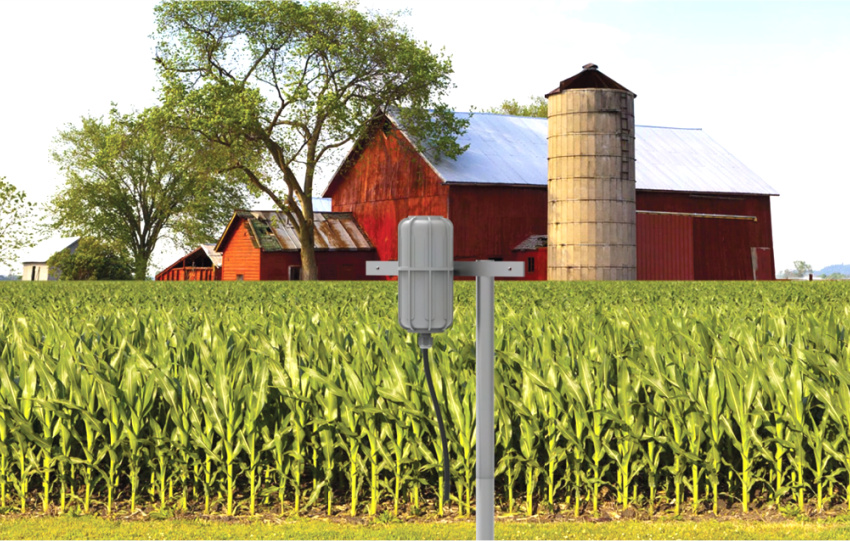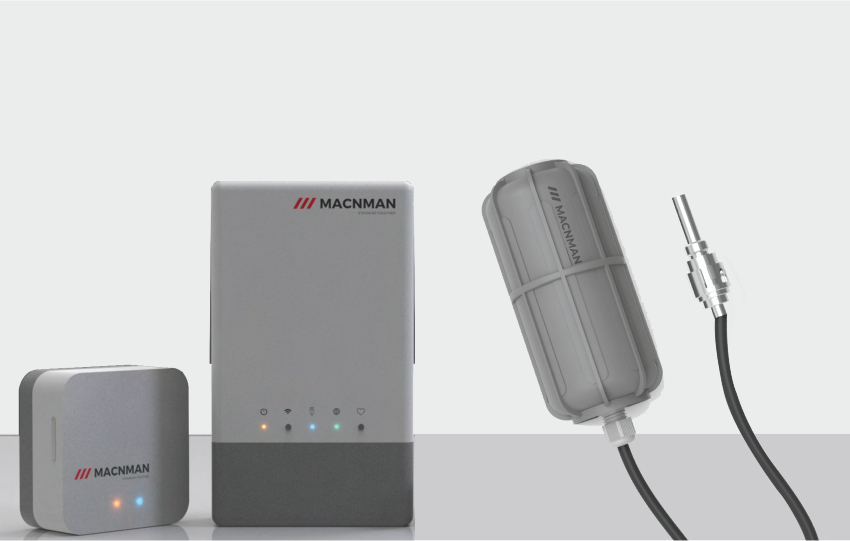 IOT Based Environmental Monitoring system
IOT Based Environmental Monitoring system
Environmental monitoring in the labs is a critical aspect of laboratory management. It helps to ensure that the laboratory environment is suitable for conducting experiments and maintaining the safety of workers. However, traditional monitoring systems are often expensive, require a lot of maintenance, and may not provide real-time data. In recent years, Low Power Wide Area Network (LoRaWAN) technology has emerged as an efficient and cost-effective solution for environmental monitoring in labs.
In order to secure the environment of laboratories, automated temperature and humidity monitoring, PIR motion sensors, lighting control and surface disinfection are employed to ensure 24/7 protection. With the ever-faster progressive nature of science and technology, increasingly delicate instruments are needed for precise data gathering. Such instruments necessitate a carefully regulated room climate in many places such as electric labs and sample storage areas. To carry out experiments properly and accurately, it is essential to maintain a steady temperature and humidity level within these controlled rooms.

Challenges
- A mercury thermometer is manually read each day to check the temperature of equipment in a laboratory that requires temperature measurements, such as freezers and refrigerators
- Separate systems manage the laboratory's temperature and humidity in specific areas
- There is no motion sensor to detect the presence of staff in the lab, and the UVC lamp does not automatically turn on to disinfect the lab or work surfaces
- There is no timely alarm system
Solution & Implementation
LoRaWAN technology provides an efficient solution for environmental monitoring in labs. LoRaWAN sensors can be placed at various locations in the lab, and they can transmit data wirelessly to a central hub. LoRaWAN sensors are low power, which means that they can operate for extended periods without requiring battery replacement. LoRaWAN networks are also scalable, which means that additional sensors can be added as needed.
The implementation of LoRaWAN technology for environmental monitoring in labs is straightforward. The first step is to identify the sensors required for the lab environment. These sensors could include temperature sensors, humidity sensors, air quality sensors, and light sensors. The sensors are then connected to LoRaWAN gateways, which transmit the data to a central server. The central server can then display the data in real-time, and alerts can be triggered if any environmental factors exceed predetermined thresholds.
The accuracy of the environment and equipment controlling the experiment's temperature and humidity is hugely influential on the results. The traditional method of recording these variables usually entailed bulky manual recorders or ink-based ones that took a long time to draw out curves on paper; this saw less success than anticipated due to its sizable dimensions and high prices. Placing sensors in machines, deep freezers, laboratory sites, as well as corners for atmosphere monitoring are some solutions.
The data can be delivered to Macnman’s LoRa gateway installed adjacent to the office. Furthermore, its built-in battery eases deployment wherever preferred. This includes movement detectors at those areas to confirm if people remain or leave prior to initiating disinfection procedures. In conclusion, the gateway functions as a router that sends information into Macnman’s Cloud Portal efficiently where various sources can be explored in one centralized management platform.
Benefits of MACNMAN’s LoRaWAN Solution For Environmental Monitoring
The benefits of using LoRaWAN technology for environmental monitoring in labs are numerous. Firstly, LoRaWAN sensors are low power, which means that they can operate for extended periods without requiring battery replacement. Secondly, LoRaWAN networks are scalable, which means that additional sensors can be added as needed. Thirdly, LoRaWAN sensors can transmit data in real-time, which means that corrective measures can be taken immediately if any environmental factors exceed predetermined thresholds. Finally, LoRaWAN technology is cost-effective, which means that it is an affordable solution for labs of all sizes.
This temperature and humidity measurement and control system from Macnman’s IoT Cloud constantly monitors the laboratory's equipment and air quality for 24/7/365. It sends alerts via email or App push notifications if any of the conditions such as temperature, humidity and light brightness are out of range. Furthermore you can use a secure web-based managing tool to monitor data of each sensor, logs, perform custom actions and access it from any internet point. Finally, it enables automation control of UVC lamps to disinfect surfaces when there is no PIR motion. This system offers great benefits such as operation stability, reliability, high precision data, strong interference resistance and flexibility in use.
Conclusion
In conclusion, MACNMAN’s LoRaWAN Solution provides an efficient and cost-effective solution for environmental monitoring in labs. It is a scalable solution that can be customized to meet the specific needs of a lab environment. LoRaWAN sensors are low power, which means that they can operate for extended periods without requiring battery replacement. Additionally, LoRaWAN sensors can transmit data in real-time, which means that corrective measures can be taken immediately if any environmental factors exceed predetermined thresholds. Overall, MACNMAN’s LoRaWAN solutions are reliable and cost-effective for IOT Based Environmental monitoring in the labs.